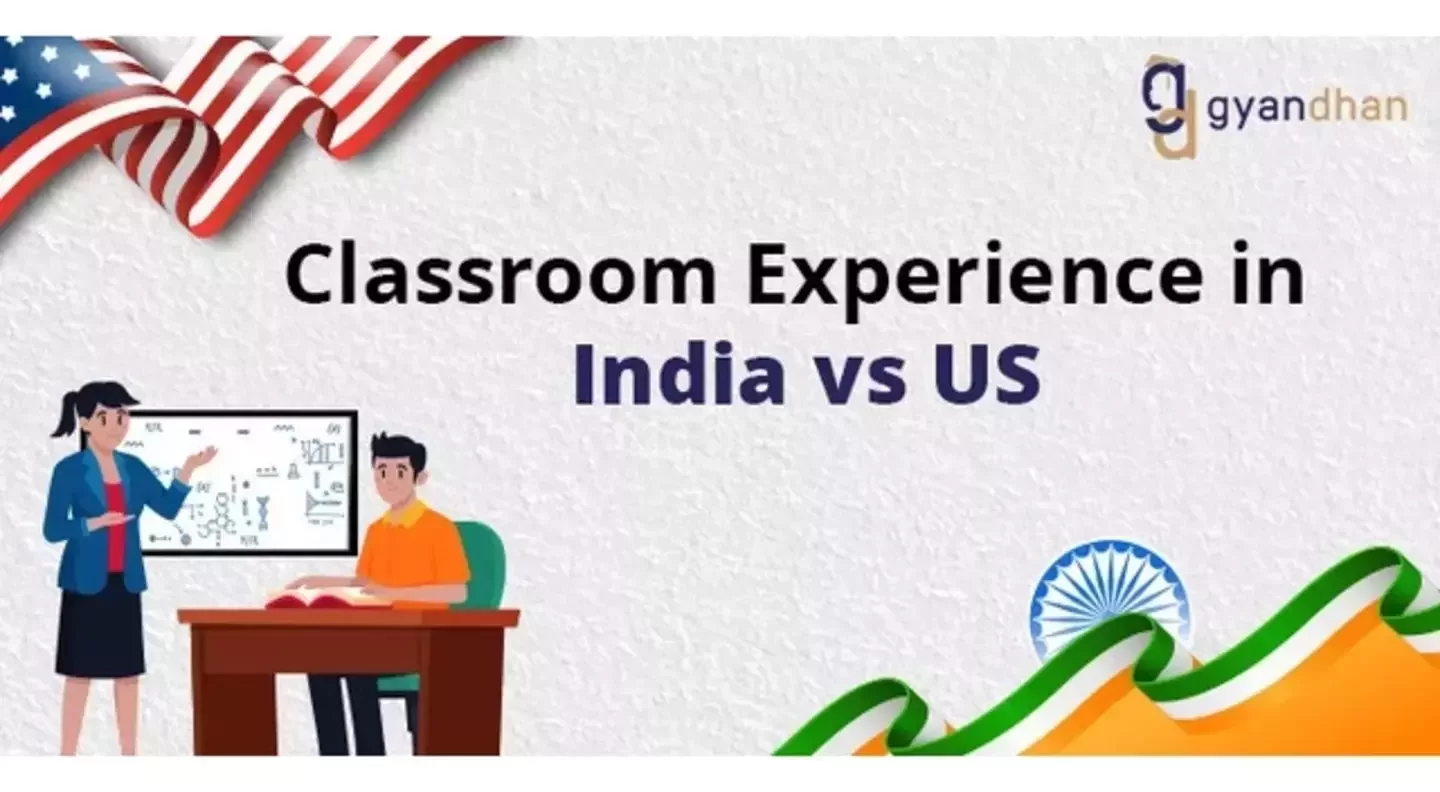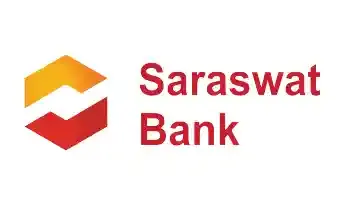Get instant loan offer suitable to your profile !


On this Page:
Explore the significant differences in academic approaches, class dynamics, flexibility, diversity, assessment methods, and student support services between Indian and US classrooms.
The journey from the classrooms of India to the lecture halls of Michigan State University is a transition that encompasses a wide array of differences in academic approaches, class dynamics, flexibility, diversity, assessment methods, and the availability of resources and student support services. In this exploration, we'll delve deeper into these distinctions to gain a comprehensive understanding of the educational environments in both regions.

In India, the approach to education has long been centred around textbook learning, often lacking real-world applications. The Indian education system places a strong emphasis on rote memorization and examination scores. This method, however, can be criticized for not adequately preparing students for the practical challenges they might face in their careers.
Michigan State University takes a starkly different approach to education. Here, the curriculum is designed with a focus on real-world applications. Professors craft their lectures and class content around practical projects and scenarios. This approach is designed to bridge the gap between theoretical knowledge and practical application. Students are exposed to the kind of work they are likely to encounter in their careers, making them more job-ready upon graduation.
This practical approach, where students work on projects related to their field of study, allows them to learn what is truly required in the job market. This is in stark contrast to traditional Indian education, where reliance on outdated textbooks and materials can sometimes lead to graduates being out of sync with the current needs of the job market.
Struggling with Your Admissions?

One noticeable difference between Indian classrooms and those at Michigan State is the class size and the degree of interaction between students and professors.
In India, it is not uncommon to have large class sizes, sometimes exceeding 100 students in a lecture hall. This often leads to a lack of interaction between students and professors. Students can sometimes feel disconnected and disengaged in such large settings. This can result in a static, one-way communication style, where students are passive recipients of information.
At Michigan State, classes are generally smaller in size, often ranging from 5 to 30 students. This creates a dynamic environment for learning, where professors actively engage with their students. The classes are structured more like discussions than traditional lectures. Professors encourage students to participate, ask questions, and share their perspectives. This interaction enhances the learning experience, making it more collaborative and engaging.
Moreover, professors and instructors at Michigan State are notably approachable and encourage open communication. They frequently seek feedback from students to ensure that the class is meeting their expectations and needs. This practice fosters a sense of mutual respect and active involvement in the learning process.

The flexibility in choosing courses and majors is another significant difference between the Indian and Michigan State educational systems.
In the United States, including Michigan State, students have the autonomy to decide what they want to study. They select their major and have the flexibility to choose from a variety of elective courses. For instance, as a graduate student in construction management at Michigan State, I have a few mandatory courses that directly relate to my field of study, such as construction estimation and scheduling. However, I also have the freedom to choose my own electives based on my interests. This allows me to explore subjects such as business, law, or technology, which can complement my core studies.
In contrast, in India, many courses come with a fixed curriculum, leaving students with little room for exploration. Once a student enrols in a program, they often have little say in the courses they take, regardless of their individual interests and career aspirations. The American system's emphasis on personalization and choice provides a more tailored education.

The diversity of the student body is another aspect where Michigan State stands out. The university proudly promotes cultural diversity, with students coming from various countries, backgrounds, and cultures.
A culturally diverse environment enriches the educational experience. It exposes students to different mindsets, perspectives, and ideas from around the world. This exposure broadens horizons and fosters a deeper understanding of the subject matter from an international perspective.
Cultural diversity not only enhances learning but also prepares students for the globalized world they will encounter in their future careers. It promotes inclusivity and tolerance, enabling students to appreciate and respect the differences among their peers.

The assessment methods in India primarily rely on mid-term and final exams, often carrying a heavy weight in the final grade. This exam-centric evaluation method can be stressful and may not accurately reflect a student's understanding of the subject.
Michigan State University employs a more holistic approach to assessment. While exams are part of the evaluation process, they are not the sole focus. Assessment includes a combination of projects, assignments, field trips, and exams. These diversified assessment methods encourage students to engage with the material in various ways and demonstrate their knowledge and skills in real-world scenarios.
A noteworthy aspect of the American assessment system is the emphasis on class interaction. The active participation of students in discussions and class activities carries a significant weight in the overall evaluation. This promotes collaborative learning and the development of critical thinking and communication skills.

The availability of resources and student support services at Michigan State is impressive. The university provides students with access to well-equipped labs, extensive libraries, and comfortable study spaces across the campus. Some of these study spaces even offer free snacks and beverages, creating a conducive environment for learning.
However, what sets Michigan State apart is its robust student support services. These services go beyond academics to help students become career-ready while they are still in school. The Student Support Services at Michigan State offer a wide range of resources, including resume reviews, assistance with cover letter writing, guidance on research paper composition, and mock interviews. These services are invaluable for students as they prepare to enter the job market.
The university also organizes various networking events and career fairs and provides students with the necessary preparation to succeed in these environments. This focus on holistic student development is a key aspect of American education, where students are encouraged to improve their skill sets beyond what is taught in the classroom through the services provided by student support organizations.
The journey from an Indian classroom to a Michigan State lecture hall is marked by a profound transformation in educational philosophy. While Indian education leans towards textbook learning, Michigan State University emphasizes practicality, engagement, and personalization. Smaller class sizes encourage interaction, and cultural diversity enhances global perspectives. The assessment methods and student support services further distinguish the American education system. These differences reflect not only the uniqueness of each system but also the need for a more comprehensive approach to education.
Understanding these disparities can help students make informed choices about their educational journey, adapting to the approach that best suits their goals and aspirations. The experience of transitioning from one system to another serves as a reminder that education is not one-size-fits-all and that different approaches can offer valuable insights and skills.
Check Your Education Loan Eligibility

Ask from a community of 10K+ peers, alumni and experts
Trending Blogs
Similar Blogs

Network with a community of curious students, just like you
Join our community to make connections, find answers and future roommates.. Join our CommunityCountry-Wise Loans
Best Lenders for Education Loan

ICICI Bank

Axis Bank

Union Bank

Prodigy

Auxilo

Credila

IDFC

InCred

MPower

Avanse

SBI

BOB

Poonawalla

Saraswat